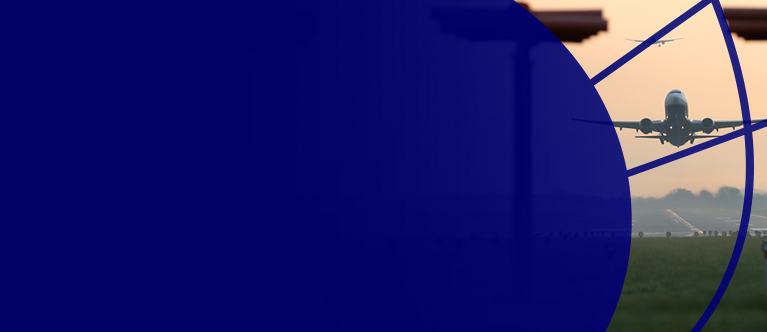One of the functions of the Irish Aviation Authority (IAA) is to regulate the level of revenues that daa may collect in airport charges levied on users at Dublin airport. The IAA is also designated as Ireland's Independent Supervisory Authority for the purposes of the Airport Charges Directive, responsible for ensuring parties comply with their obligations regarding consultation about airport charges and service quality and the provision of information.
What are Airport Charges?
For regulatory purposes, airport charges are
- Runway landing and take-off charges
- Aircraft parking charges
- Charges for the use of an air bridge
- Passenger processing charges
Airlines that include a breakdown of the taxes and charges sometimes include an item for airport charges. Interested parties will need to check with the airlines to establish exactly what charges are captured by this item; it may not accord with the definition of airport charges that the IAA regulates.
How are Airport Charges Regulated?
In making a determination, the principal objectives of the IAA shall be to protect and promote the reasonable interests of current and prospective users of Dublin Airport and the IAA shall seek to—
(a) promote safety and security at Dublin Airport,
(b) facilitate the efficient and economic development and operation of Dublin Airport,
(c) promote high-quality and cost-effective airport services at Dublin Airport, and
The IAA also has to have regard to a number of statutory factors.
To date the IAA has chosen to employ price-cap regulation, applied to a single till. Price-cap regulation is a form of incentive regulation. The IAA announces in advance a cap on the total revenues per passenger that daa may collect. This cap lasts for a period of four or more years. If daa can successfully reduce its costs below the level of the cap, the airport operator keeps the value of these savings until the cap is reset. At the time of the next price cap, the IAA will consider the level of costs that the airport operator was able to realise when setting the next price cap. Consequently the airport operator and users share the benefits of any cost savings that daa is able to realise. The incentives for the airport operator to realise costs savings ultimately should benefit users as well as the airport.
The price cap is derived from a series of inputs known as ‘regulatory building blocks’ which are calculated by the IAA at the time of a price cap determination. These building blocks are
- The regulatory asset base (“the RAB”) which in any given year is the sum of existing capital stock and a forecast of efficiently incurred new capital stock
- A return on an efficient capital stock
- Plus a depreciation charge on that capital stock
- Plus an estimate of efficiently incurred future operating expenditures
- Less an estimate of future commercial revenues
The sum of these building blocks is divided by a forecast of passengers (also a building block) to give the maximum per passenger airport charge.
The IAA checks that daa has complied with the price cap annually. It publishes quarterly reports summarising how daa has fared against the various quality of service metrics outlined in the determination.


